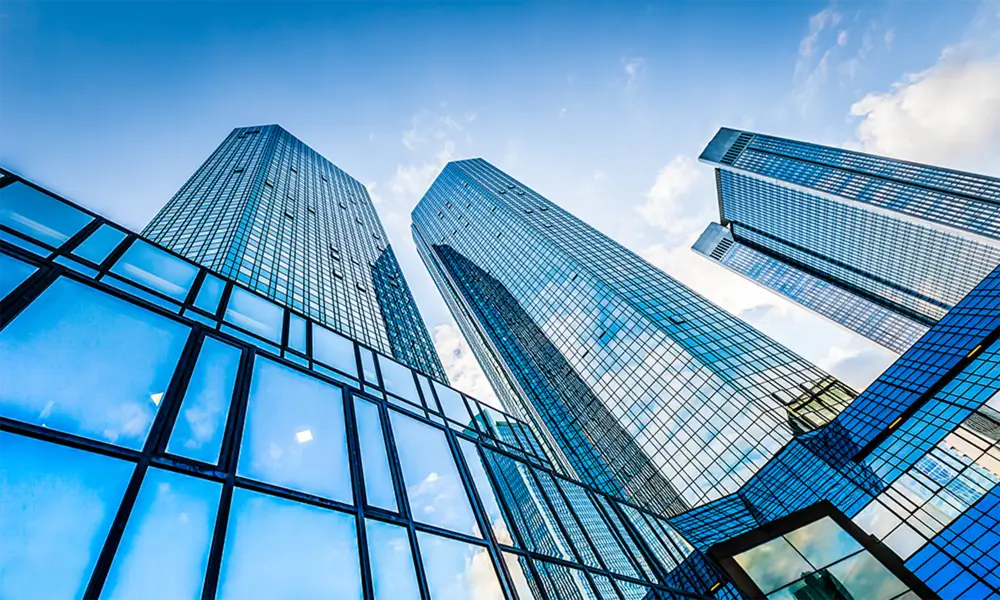

The Aesthetic and Functional Appeal of Reflective Glass Colors
Reflective glass colors play a pivotal role in contemporary architecture and design, combining aesthetic beauty with practical benefits. This specialized glass, which features a reflective coating that enhances light management, is increasingly utilized in residential and commercial buildings, offering a myriad of advantages that go beyond mere appearance.
Aesthetic Enhancement
One of the primary attractions of reflective glass colors is their ability to enhance the visual appeal of a structure. The varied shades—ranging from azure blues to deep greens and subtle grays—allow architects and designers to create a unique identity for their buildings. The reflective qualities of the glass create an optical interplay with natural light, shifting in hue throughout the day depending on the angle of the sun. This dynamic feature introduces a fluidity in architecture that static materials simply cannot achieve.
Moreover, the reflective surface can complement surrounding landscapes, mirroring trees, skies, and other elements of nature. Such integration can soften the harsh lines of urban environments, promoting a sense of harmony. Buildings clad in colored reflective glass often become landmarks, attracting viewers and stimulating conversation, as they reflect their surroundings in intriguing ways.
Energy Efficiency
Beyond their aesthetic contributions, reflective glass colors serve significant functional purposes, particularly in energy efficiency. These glass types are designed to reduce heat gain, making buildings more comfortable and reducing reliance on air conditioning systems. The reflective coating controls solar radiation, allowing indoor spaces to remain cooler during hot months, thus lowering energy costs and reducing carbon footprints.
Building owners can significantly benefit from these energy savings, as reflective glass can lead to lower operational costs over time. Moreover, many modern reflective glass products are designed to be environmentally friendly, often prioritizing recyclable materials and sustainable manufacturing processes.

Privacy and Comfort
Another important aspect of reflective glass colors is their ability to enhance privacy without sacrificing natural light. The reflective nature of the glass makes it difficult for outsiders to see into the building during the day, creating a shield of privacy. This feature is highly valued in urban residential buildings, offices, and institutions such as schools and hospitals, where occupants may prefer to maintain a sense of seclusion and comfort.
Additionally, reflective glass colors can help reduce glare, making indoor environments more pleasant. This characteristic is especially beneficial in offices or public spaces where prolonged exposure to bright sunlight can lead to discomfort.
Trends in Design
The trend toward using reflective glass colors is evidenced in various architectural movements. Modernist and contemporary design principles often prioritize clean lines and sleek finishes, making reflective glass an ideal choice. Moreover, with advancements in technology, the range of available colors and finishes has expanded, offering even greater creative possibilities for architects.
As we move towards more sustainable and thoughtful design practices, the use of reflective glass colors is likely to grow. The combination of beauty, functionality, and energy efficiency aligns seamlessly with the modern ethos of creating spaces that respect both occupants and the environment.
Conclusion
In conclusion, reflective glass colors represent a sophisticated fusion of art and science in modern architecture. Their ability to enhance aesthetic appeal, boost energy efficiency, ensure privacy, and adapt to contemporary design trends makes them a remarkable material in the field. As architects and designers continue to explore innovative possibilities, reflective glass colors are poised to play an increasingly prominent role in shaping the built environment.